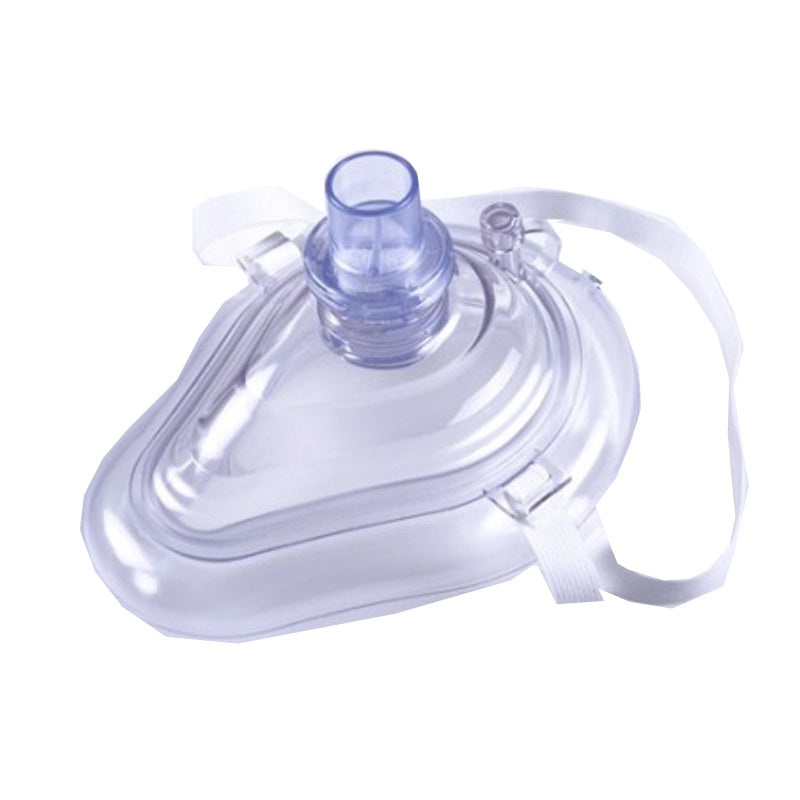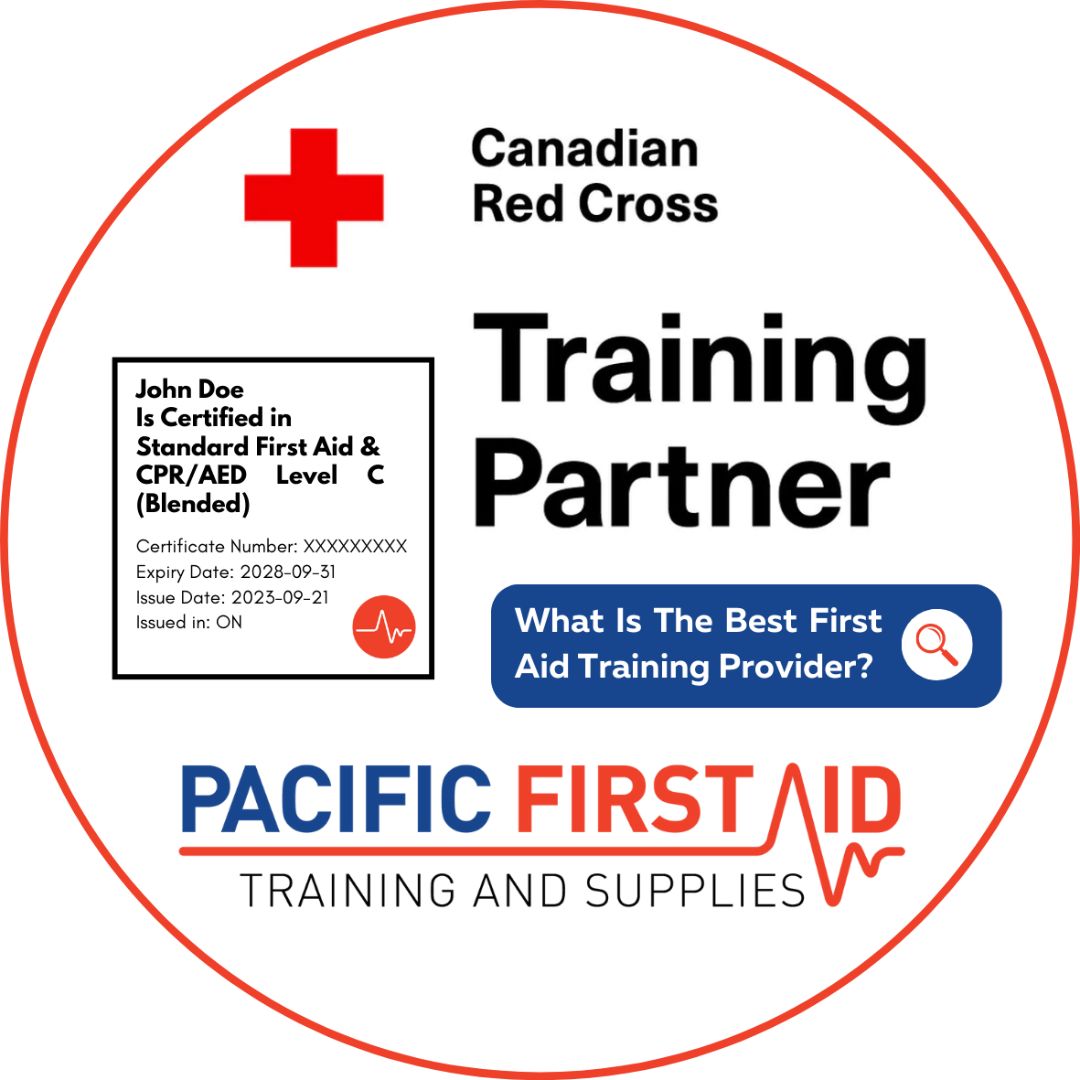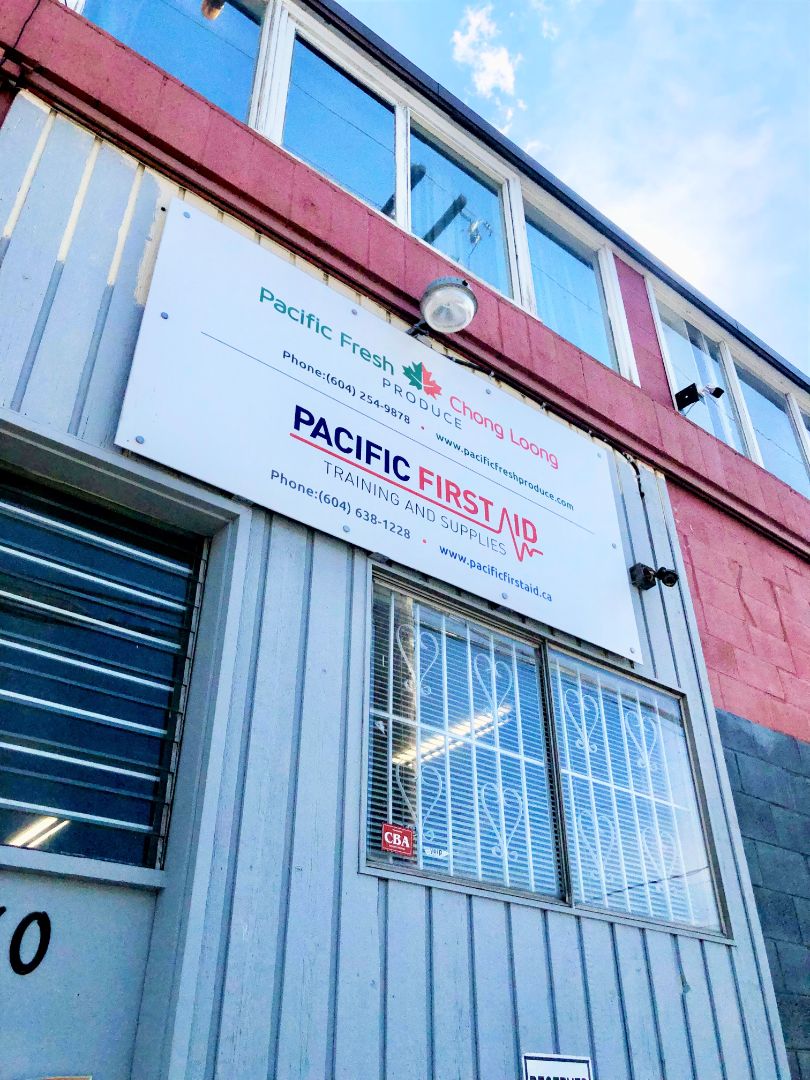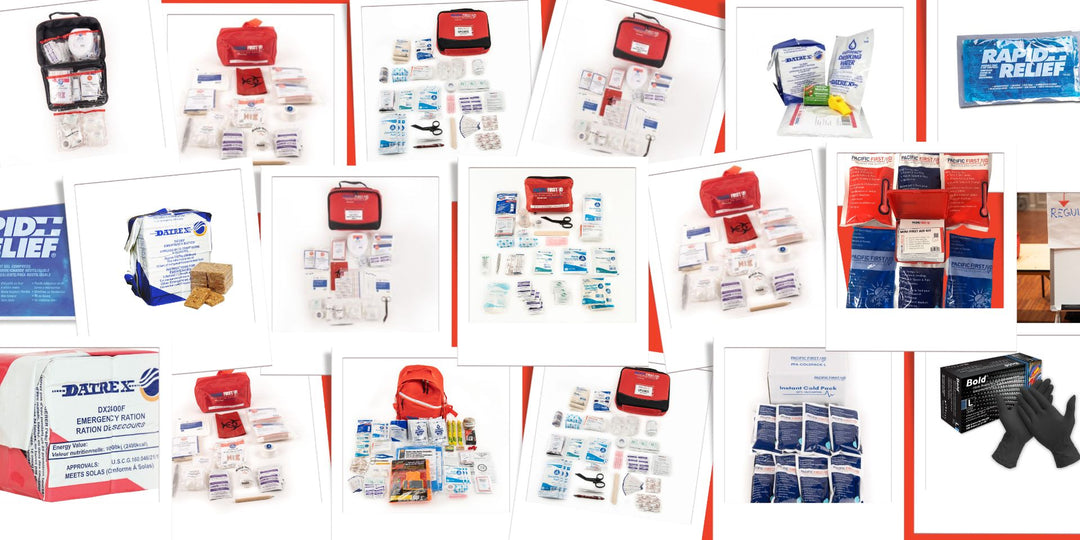
Best Practices For Food Safety
Photo Credit: Tomas Martinez
Since the beginning of the COVID-19 pandemic, food businesses have had to pivot and implement many new health and safety regulations. Whether it’s for a take-out or dine-in service, business operations have had to adapt to keep both their customers and employees safe. Depending on which province or territory you live in, the rules may vary slightly. Here is a breakdown of the best food safety practices that restaurants must apply daily. Through Pacific First Aid, you can brush up on your food safety skills with our online course.
Hygiene and Hand Washing
Proper hand washing and hygiene has always been a key ingredient to food safety training even before the pandemic. Hand washing with soap and water has proven to be more effective against certain pathogens which is why it’s imperative both customers and employees wash their hands before and after handling food or touching their faces. Wash your hands for a minimum of 20 seconds and use warm water. If counting to 20 feels like a chore, you can substitute singing “Happy Birthday” in your head which equates to the same amount of time.
Hand Sanitizer Stations At the beginning of the pandemic, one of the first things to fly off the shelves of most supermarkets and drugstores was hand sanitizer. Now more than ever, you’ll see people sporting hand sanitizer and restaurant facilities are no different. In many businesses, the first thing you’ll see is a hand sanitizer station. This is essential to help stop the spread of germs and assists delivery staff who don’t have access to washing facilities. It’s important to note that hand sanitizer can contaminate food. For this reason, proper training with sanitizer is essential.
Washing and Cleaning
As a requirement, provinces and territories have their own rules in regards to washing and sanitizing after patrons have used their facilities. For example, employees must wash and sanitize grocery store conveyor belts after every customer and debit/credit machines are wiped down. In many restaurants, there are regular cleaning schedules that have been put into place. Even though this new system is more vigorous, it’s essential for food and customer safety .
Technology’s Role
Thankfully, technology has allowed customers and employees to do many operations contact-free. Whether it’s self-order stations, using cashless systems, digital menus and tablets for taking orders, it helps everyone navigate being in public spaces safely.
If you’re entering the job market now and starting off in a restaurant, Pacific First Aid offers a food safety online course here!
It meets all the regulatory requirements a food handler needs. This course allows you to study at home without the inconvenience of learning in a classroom. You can learn at your own pace, there’s flexible exam scheduling and you’ll receive a digital certificate once you’ve completed the course. With the new regulations that are now in place in most restaurants, your manager or trainer will give you the proper instructions on how to proceed with extra safety precautions.






